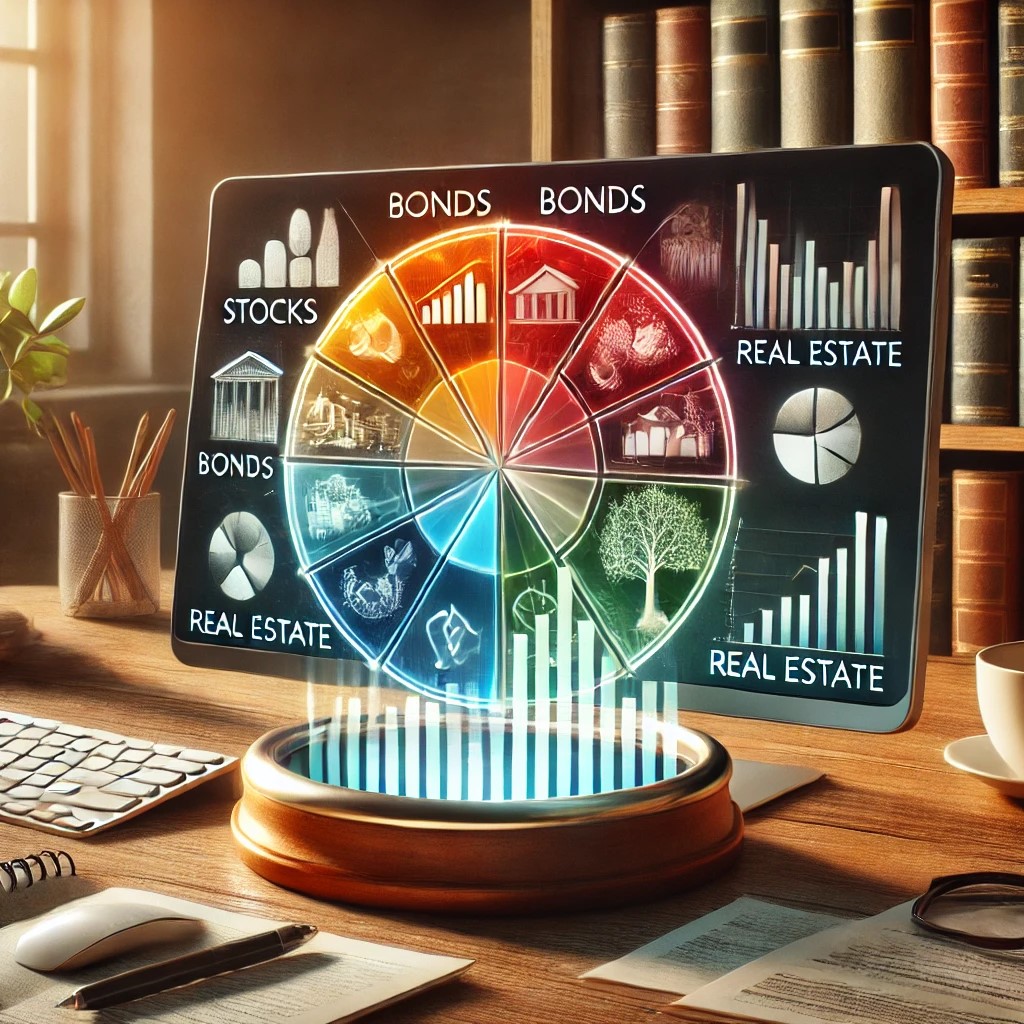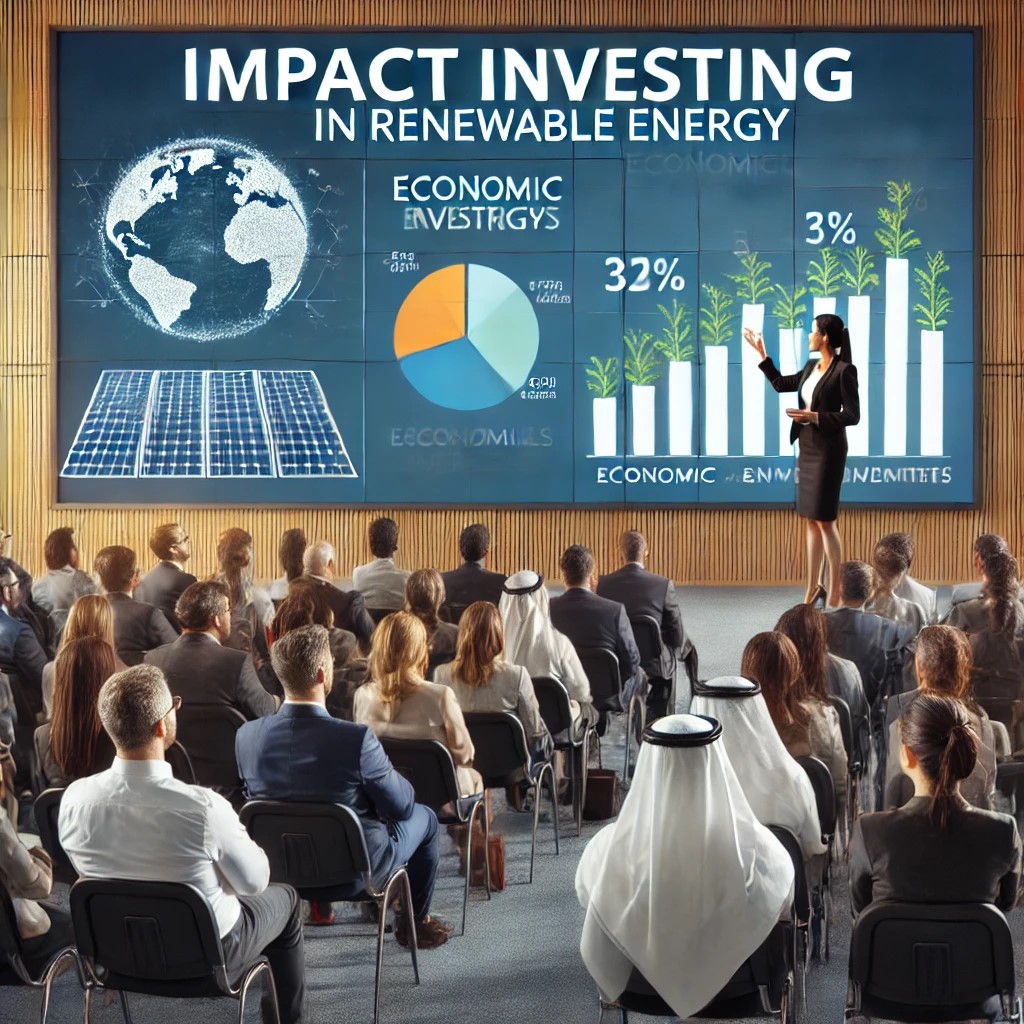In the fluctuating world of finance, building a balanced investment portfolio is akin to setting a sturdy sail amidst turbulent waters. It's about creating a diversified collection of investments that can help you meet your financial goals while managing risk. This article explores the essential strategies for constructing a balanced portfolio, highlights current trends in portfolio management, and offers insights into future predictions.

Understanding Portfolio Balancing
The core idea behind a balanced portfolio is diversification—spreading your investments across different asset classes such as stocks, bonds, real estate, and commodities. The aim is to enhance returns while mitigating risks, as different asset classes typically do not move in sync. For example, when the stock market is down, bonds or real estate might hold their value better or even appreciate, thus balancing the impact on your overall portfolio.
Current Trends in Investment Portfolio Management
One of the prevailing trends is the increasing use of technology in managing portfolios. Robo-advisors, automated platforms that provide tailored investment advice and portfolio management, are becoming more popular. These platforms use algorithms to assess risk tolerance and financial goals to suggest and manage a diversified portfolio automatically. They are especially appealing to younger investors who prefer digital interactions and those looking for lower-cost investment options.
Environmental, Social, and Governance (ESG) investing is another trend gaining traction. Investors are increasingly considering the ethical implications of their investments. ESG criteria help investors find companies with values that match their own, and there is growing evidence that ESG investments can perform as well as or better than non-ESG portfolios.

Components of a Balanced Portfolio
A balanced portfolio typically includes a mix of the following:
Equities (Stocks): Offer potential for significant growth but come with higher risk.
Fixed Income (Bonds): Provide regular income and are generally less volatile than stocks.
Real Estate: Can offer stable income through rent and potential capital gains.
Commodities: Such as gold and oil, which can be hedges against inflation and market volatility.
Cash or Cash Equivalents: Like savings accounts and money market funds, offering liquidity and safety.
The allocation should be based on individual risk tolerance, investment horizon, and financial goals. Younger investors might focus more on equities for long-term growth, while those closer to retirement might prefer bonds for income and stability.

Future Predictions for Balanced Portfolios
The future of building balanced portfolios is likely to be shaped by advancements in AI and machine learning, enabling even more personalized and dynamic portfolio management. As global connectivity increases, international diversification will also become more critical, helping investors to tap into emerging markets and global opportunities.
Conclusion
Building a balanced investment portfolio is an ongoing process that requires understanding different asset classes and how they interact within your financial strategy. By staying informed about the latest trends and future developments, investors can make educated decisions that align with both their financial goals and personal values, ensuring that their investment strategy remains robust in the face of market fluctuations and economic changes.






